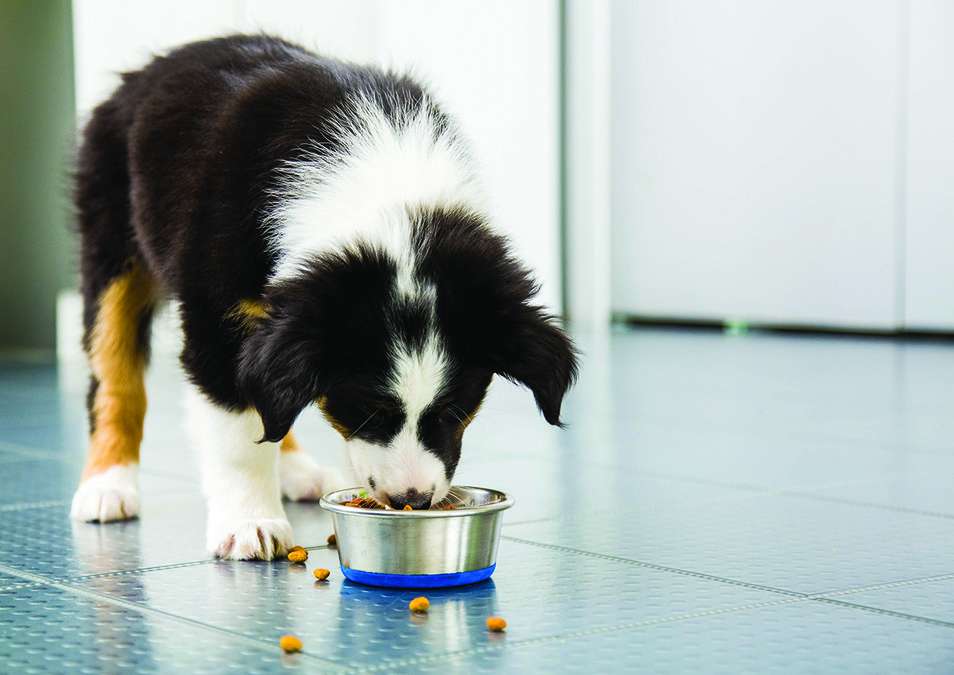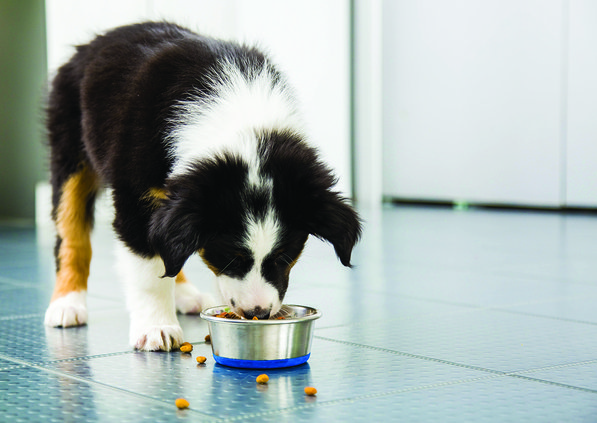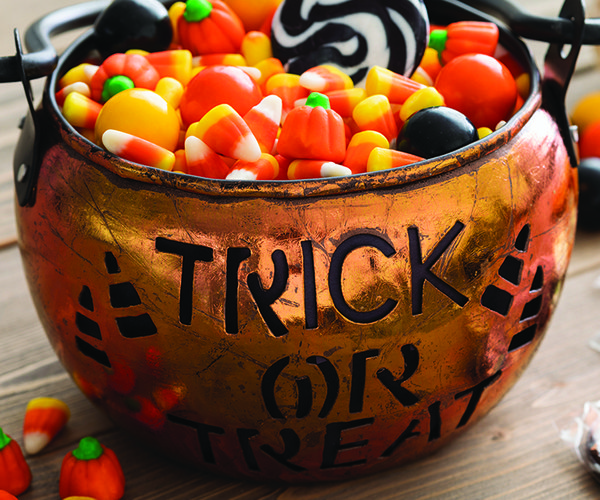Nutrition is a cornerstone of good health. The right foods provide vitamins and minerals that affect everything from energy levels to susceptibility to disease to body weight. Companion animals also derive similar benefits from nutritious foods, but pet parents may not recognize all of their options. Store shelves are lined with countless dog foods, and some pack a more nutritious punch than others.
Right amount of food
One of the first considerations for feeding is determining the right amount of food. Checking the label for the serving size recommendation from the food manufacturer may not be so cut and dry. That’s because dog food companies are in the business of selling food, which means the serving recommendation might be larger than is actually necessary.
The 2022 U.S. Pet Obesity Prevalence Survey found 61 percent of cats and 59 percent of dogs are overweight or obese. Overfeeding is a notable culprit behind that problem. It’s better to experiment with food portions to achieve the right balance instead of doling out cups of food in accordance with the instructions on a packet. Consult with a veterinarian or conduct research on what a healthy weight looks like on a particular dog breed, and what weights are in the right range for age and gender.
Food standards
It’s wise to choose a high-quality, nutritionally complete and balanced diet for dogs. Price isn’t always indicative of quality, but pet owners may want to choose the best food they can afford. Check nutrition labels to ensure that protein sources are the first ingredients, which means they are in higher quantities in the food. Pass on foods that have a lot of fillers.
Choose foods that meet the standards set by organizations like the Association of American Feed Control Officials (AAFCO). This ensures the food provides all the necessary nutrients for a specific life stage (puppy, adult, senior).
Consistent meals
Consistency in feeding times is beneficial to dogs, who tend to prefer routine in their lives to alleviate stress. Scheduled mealtimes may help with digestive health by regulating bowel movements. Plus, rather than “free feeding,” which means leaving a food bowl out all day, scheduled meals can prevent overeating and a healthier routine.
Offer treats sparingly
Every now and then offering a dog a treat of human food can fit into a healthy lifestyle. Although many human foods are unsafe for dogs, plenty are perfectly fine to eat. When supplementing with these foods, pet owners should adjust dog food portions to balance out the meal. Many vets recommend that treats comprise no more than 10 to 15 percent of a dog’s daily caloric intake. The pet supply company Chewy recommends these items as “people food” for dogs, but dog owners should be sure to check with their vets before introducing any new food into their dogs’ diets.
Apples
Bananas
Blueberries
Cranberries
Eggs
Lettuce and other greens
Peanut butter
Plain popcorn
Pumpkin
A healthy diet for a dog involves portion control, high-quality food, consistent feedings, and infrequent, healthy treats.





